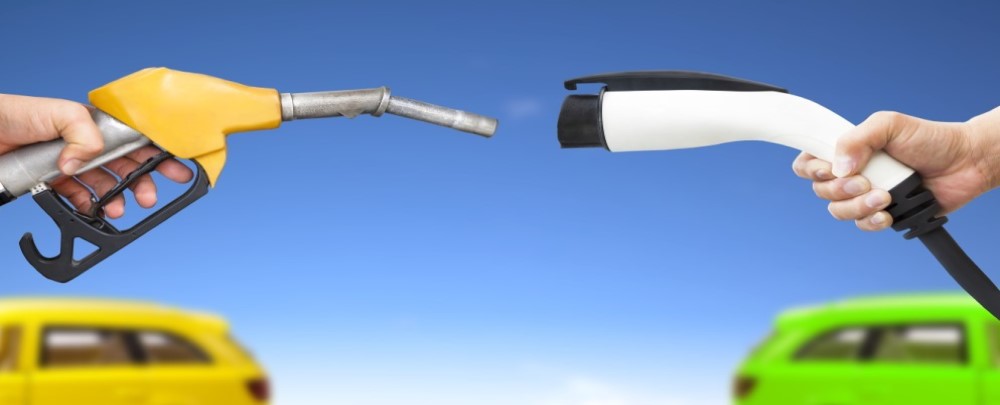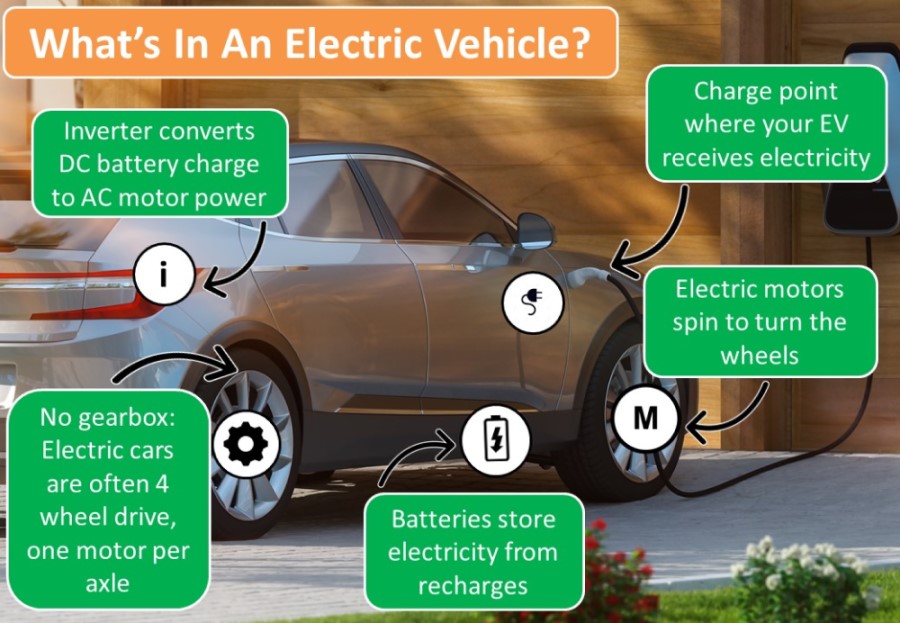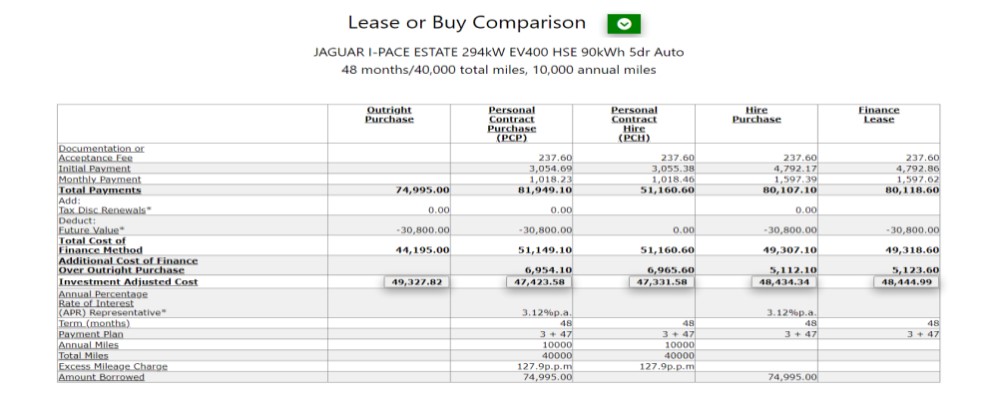The FleetPro Blog: ICE Or Electric Vehicles?
We explain the difference and why it matters for your next new car or van
ICE or Electric Vehicle

ICE Or Electric Vehicle?
18 August 2020
Wondering if electric cars or vans would suit your fleet?
We explain how electric vehicles ('EVs') work and how to decide on ICE or electric
Although most of us probably think of EVs as a relatively new development in motoring, in fact the electric car has been around for a long, long time.
Electricity was often used to power early cars, with the first Porsche-designed car being electric and built in 1898.
Electric cars have come a long way since 1898, but the principle remains the same; store electricity in a battery and then use the stored electrical energy to drive a motor for propulsion.
Now, many fleet operators will be familiar with how a petrol or diesel engine works, you may be wondering how an EV moves. It's a lot different to an internal combustion engine (or 'ICE'), so let's start with the basics of how electric vehicles work.
(In this article we'll talk about electric cars, but vans use the same principles, so the concepts apply equally to them too.)
What's In An Electric Vehicle?
If you lift the bonnet (or hood) of an ICE powered car you'll see a mass of plastic, rubber and metal components all inter-twined and full of oils and fluids.
Do the same on an electric car and you'll probably see storage space and little else.
That's because electric cars typically only have around 80-90% of the components of an ICE powered car and most are hidden from view.
What drives an electric car typically comprises:
- A battery pack under the cabin floor to store electricity to power the vehicle.
- An power inverter to change the direct current stored in the batteries to the alternating current typically required for the motors in modern electric cars.
- An electric motor on the front and/or rear axle to drive the vehicle (electric vehicles are often four-wheel drive).
Here's what you usually get instead:

How Do Electric Cars Work?
With an internal combustion engine you:
- Fill it with fuel
- Mix the fuel with air and set fire to it
- Use the resulting explosion to drive a block of metal called a 'piston' down a cylinder
- Turn the downwards movement of the piston into circular movement of the wheels using a transmission and gearbox
In an electric vehicle the concept is broadly the same - fill it with fuel, discharge the fuel to a motor and use the spinning of the motor to drive the wheels.
However, with an ICE vehicle a lot of the fuel energy is wasted generating heat during the explosion, discharging the heat through a cooling system and transmitting the engine power through linkages to the wheels.
As a result, the overall efficiency of the engine isn't great.
In addition, a lot of harmful gases are discharged when the fuel is burned, such as carbon monoxide ('CO'), carbon dioxide ('CO2') and oxides of nitrogen ('NOx').
With electric cars the power stored in the fuel (in other words, electricity in the batteries) is sent straight to the motors.
Because the motors are typically attached directly to the wheels (electric cars don't usually have gearboxes) there's far less energy lost transmitting power to move the vehicle.
Not only that, electric motors develop their maximum power the moment they begin to spin.
As a result, EVs have proportionately faster acceleration than equivalent ICE powered vehicles.
However, all that electricity still has to get to the batteries in the first place and to do this many power stations burn fossil fuels such as coal and gas with harmful emissions like those of petrol and diesel engines.
Electric cars do, though, have a way of regenerating some of the battery energy 'lost' when moving. The braking systems in EVs are designed to recapture some of the energy applied in braking in order to recharge the batteries.
In addition, solar power is now being harnessed to recharge electric cars.
What Difference Do Electric Cars Make?
At the moment the jury is still out on the comparative environmental efficiency of ICE and electric vehicles, in other words the total energy used and the emissions produced to travel the same distance in each vehicle.
For the moment though, there are advantages to users of electric cars due mainly to the way that electricity is priced and taxed.
As a result of the low level of taxation of electricity production, when an electric car is recharged the cost of fuel per mile travelled is much less than that for fossil fuels such as petrol or diesel, where high taxes (in the UK) mean that the cost of a litre of fuel is predominantly tax rather than the cost of production and distribution.
However, against this must be set the comparatively higher purchase price of electric cars and vans which tends to rebalance the total running costs over the entire vehicle lifecycle compared to ICE vehicles.
Should You Go ICE or Electric?
There's a completely different cost model for running an electric car compared to ICE and your mileage patterns and vehicle use play a big part in making the economics work for or against you.
We'll explain how the different cost models work in the next post, but if you want to see how we calculate the cost difference between ICE and electric cars then click on this link.
Related Tools
Related Posts
What Else Do We Do?
FleetPro has a unique suite of free online tools to help you find the right car.
Take a look at some of our amazing calculators and decision tools for new car buyers.
-
Lease or Buy?
Could you lease a new car for less than the cost of buying? Our lease calculator will work out the best finance method for you. -
ICE or Electric?
Would an electric car be cheaper than petrol or diesel? Our ICE or electric calculator compares running costs instantly. -
Cash or Car?
Could you give up your company car for a cash allowance? Our 'cash or car' calculator will tell you. -
Car Search
Find your next new car by monthly payment, standard equipment, performance, economy and more .... -
fleetpro.co.uk
Why not visit our fleetpro.co.uk website and see for yourself the amazing range of tools and analysis? We'll keep your place here while you browse.






